
Chincoteague NWR > June 2014
info@GrayFoxImages.com

Chincoteague NWR > June 2014 |
|
Michael W Masters
info@GrayFoxImages.com |
| Image Thumbnails |
|
This was the Year of the Bunny at
Chincoteague NWR. In
over twenty years of visiting the refuge, sometimes twice or even three
time per year, I had accumulated only six rabbit images worth posting.
(The seventh image appearing in the Fauna portfolio was
captured along Hallie Whealton Smith road on Chincoteague Island.)
However, this year yielded a bonanza!
The area around the Assateague Beach Visitor Center was swarming
with rabbits each morning.
The best time to catch them was early, before beachgoers began
to arrive, and while they were out feeding after a night in hiding.
In past years, Assateague rabbits have been very timid, often
bolting at the first approach.
However, these seemed far more accustomed to human presence,
perhaps because of their proximity to the Visitor Center. In any case, I was able to successfully
photograph rabbits almost every morning for the duration of the trip.
It was a real treat compared to the many preceding years of
scarcity. In addition, I
was also able on a couple of occasions to approach within reasonable
distance of endangered Delmarva fox squirrels.
I had not photographed these rare and localized animals since our
very first visit, in 1990.
This success led to the conclusion that a watchful eye each
morning might lead to better results in the future. Birds were scare at the usual places in the
morning, and the Wildlife Loop was a dry, deserted expanse in the
afternoon, hardly worth a visit, and after a couple of tries I gave up.
Tides greatly affected what was possible at Tiny Tom’s Cove, an often productive
little notch in Little Tom's Cove. High tide provides
the best situation here, as low tide exposes mud flats rather far out.
The only opportunity came one morning when the tide was in, a perching tricolor heron
and a fishing little blue rather farther out than was preferable for
good imaging.
Otherwise this little strip of faux beach across the sand from
the parking lot and the real Atlantic beach, long a favorite for shorebirds and laughing gulls, produced nothing of interest the entire week. Further to the south, toward Tom’s Hook, the only
activity was a couple of oystercatchers -- who flew as soon as one got
anywhere near -- and a tiny endangered piping plover that kept its
distance on the broad sand flats between the beach parking lot and
Little Tom’s Cove. This
area was once filled with dense marsh grass, lush vegetation and ever
present tidal pools,
a sure lure for shorebirds, gulls and waders, all well lit by full frontal
sunlight in the morning.
However, Atlantic storms over the last decade have decimated this area of
the island, and what is left is a broad, flat expanse of sand and shell
fragments, providing no cover for photographers and little in the way of
an attractive backdrop for photography. The piping plover, however, was enjoyable to
observe from a naturalist perspective.
And in addition, another piping plover had set up a nest twenty
yards or so from the parking lot.
Visible only in binoculars, this little bird was nevertheless on station
every morning, and her wire cage and roped-off area became a regular
stop each session for a few moments of observing. A long-time favorite location over the years is
the pool located at the under-road drainage culvert along the channel on the
east side of the beach access road.
This channel drains Swan Cove, and waders gather to fish, providing great opportunities for
photography later in the morning, once the sun hits the area.
Sometimes the
location is so crowded that it seems to be standing room only for
fishing birds.
I long ago gave this spot the name, Egret Alley.
Some of my very best heron and egret images have been captured at
this location, including some really nice head shots and action images.
Unfortunately, people have tended to congregate here to fish in
ever-increasing numbers, and as a result the
opportunities for photography have deteriorated to the point where I
rarely stop at the pool anymore. Such was the situation this year, for the most
part. However, one day the
population of great egrets had
moved about 50 yards upstream from the culvert toward Swan Cove and gathered in great
numbers. The fishing was
great, and I spent half an hour or more photographing egrets watching,
wading, spearing fish, squabbling, perching and preening.
Perhaps most interesting was their behavior.
It seemed that one egret was dominant, and it held sway over the best
spot, catching fish after fish.
However, soon another dominant egret flew in and from that point
on the two of them spent their time chasing each other away
from the chosen spot. While
they were fighting the remainder of the egrets had a feast, no longer
bothered by the dominant pair. Another notable avian opportunity occurred
at our island vacation house.
Situated on Chincoteague Bay, and right next to a pond, the house
is surrounded by tall marsh grasses, mostly common reeds (phragmites
australis), a perfect habitat for barn
swallows, some of whom have even built nests underneath the house.
As a result, they didn’t mind
perching on the reeds, just off the porch of our house, and I was able to hand-hold a
medium telephoto, capturing a number of images of these small, sleek, elusive
and beautifully colored birds.
Unfortunately the sun direction wasn’t perfect, but
nevertheless these are my
best barn swallow images yet. |
 |
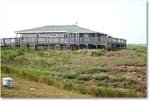 |
 |
 |
 |
 |
 |
 |
 |
 |
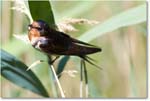 |
 |
 |
 |
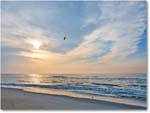 |
 |
 |
 |
 |
 |
 |
 |
 |
 |
 |
| § | ||||
 |
 |
 |
 |
 |
 |
 |
 |
 |
 |
 |
 |
 |
 |
 |
 |
 |
 |
 |
 |
 |
 |
 |
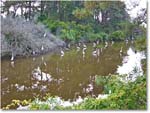 |
 |
| § | ||||
 |
 |
 |
 |
 |
 |
 |
 |
 |
 |
 |
 |
 |
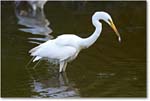 |
 |
 |
 |
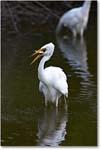 |
 |
 |
 |
 |
 |
 |
 |
| § | ||||
 |
 |
 |
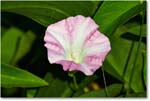 |
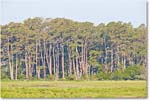 |
 |
 |
 |
 |
 |
 |
 |
 |
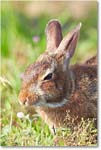 |
 |
 |
 |
 |
 |
 |
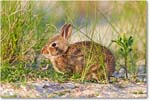 |
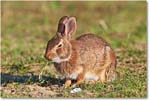 |
 |
 |
 |
| § | ||||
 |
 |
 |
 |
 |
 |
 |
 |
 |
 |
 |
 |
 |
 |
 |
 |
 |
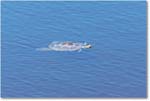 |
 |
 |
 |
 |
 |
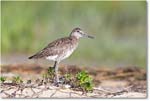 |
 |
 |